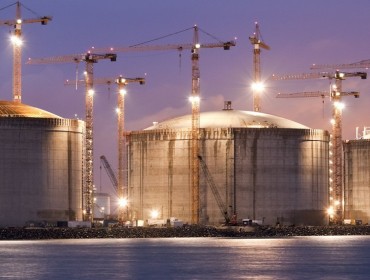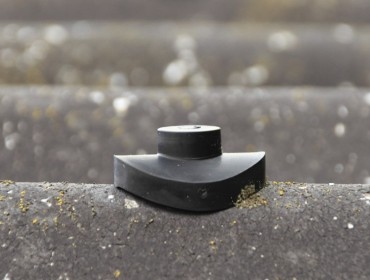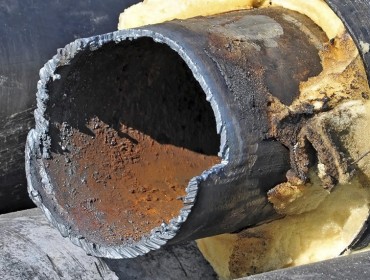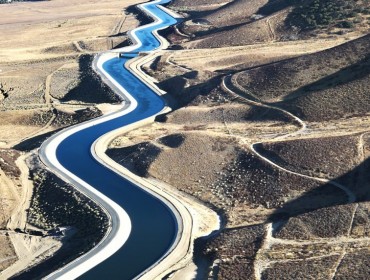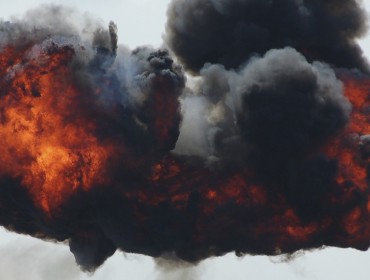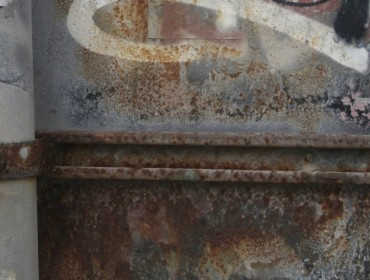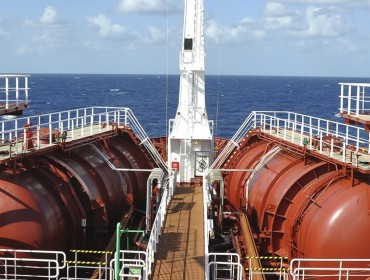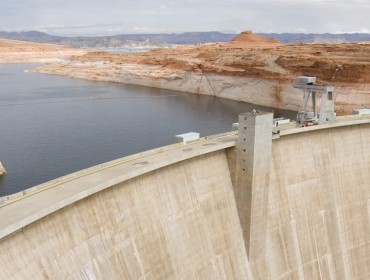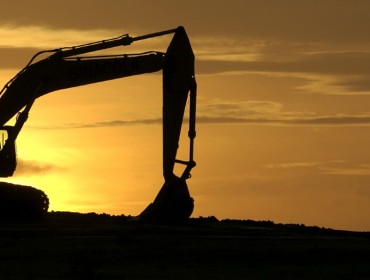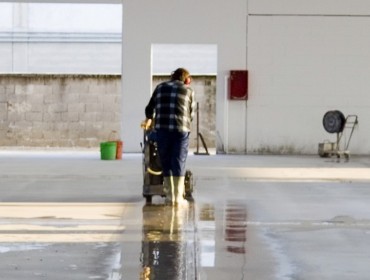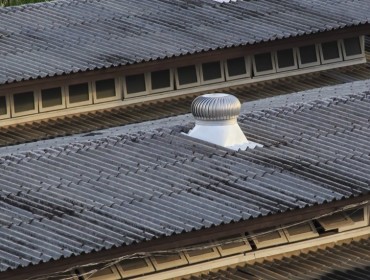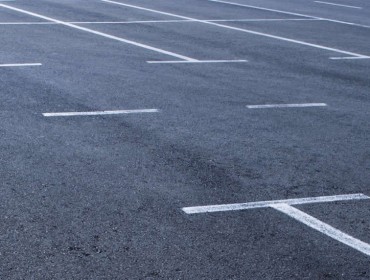Eoncoat for the Oil Industry
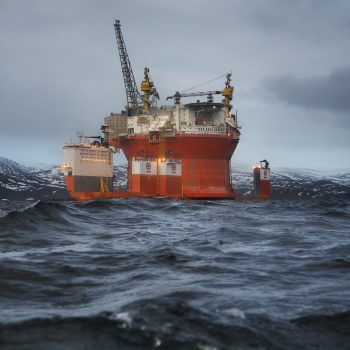
Why is maintaining asset integrity so important?
If we reduce the cost of lift, we can make extraction of oil profitable. Today you can buy a barrel of crude oil for $45 on the market; but in the North Sea it can cost $40 to just get it out the ground. Competing platforms on the global market with large reserves enjoy lift costs of just $15-$18 a barrel. We must do all we can to level the playing field, as today Capital spending is circa 51.1% of barrel cost.
The U.K. has some of the highest production costs in the world, as the oil and gas is offshore in deep stormy waters. The region has been in production since the 1970’s and the remaining resources require more effort and costly technology to extract the resource.
A reason that the cost of getting oil out of the ground is higher in the U.K. than the price at which oil can be bought elsewhere; is the cost of offshore maintenance. The older the asset, the greater the lift cost, as aging infrastructure such as pipelines, production hubs and terminals require constant maintenance and upgrades. Asset owners / operators target 10 years of life for their asset maintenance lifecycle, but currently assets are typically painted on a 3-year cycle and the process is simple:
- Blast off the rust.
- Prime it.
- Paint it.
- Repeat in X years.
Who currently gets 10 years out of their asset maintenance lifecycle?
Very few. The reality is that a consequence of the efforts to reduce maintenance costs in the traditional way, is that offshore painting contractors have very limited time windows to operate in. To put this into context; if it costs £20 to paint 1 Square Metre onshore, it costs 100x that offshore, so you want to get those contractors on and off the rig ASAP. However, the unquantifiable is the weather!
If your contractor’s blast the corroded surface and then a squall comes in which covers the treated area with salt water – rust starts to form. In an ideal world, contractors would decline to work in such conditions and come back when the weather is fine. However, they are an expensive resource working to very tight deadlines. The only people who would realistically get them to come back later – are the asset owners, based onshore – potentially ignorant of the weather conditions on the rig and a couple of steps removed from the process.
So how does SPI Performance Chemicals propose to fix this problem?
Stop using barrier paint solutions and use EonCoat instead.
Subscribers to spiperformancecoatings.com know that the Eon Coat approach is fundamentally different to a barrier coatings approach. Far less preparation is needed and the amazing fact that the protection becomes stronger over time, certainly opened the eyes of innovation evangelist, Cameron Slater of Bilfinger Salamis:
“On Thursday, we had the team from SPi showing the properties and performance of an alternative coating product (NOT a paint). EonCoat is claimed to be a seed change for the ferrous corrosion market and SPI are convinced that their range of products, would assist us greatly in the ongoing battle against the dreaded rust. Some of the claims made such as; no need to do salt tests, ok to apply the product in damp conditions – were difficult to comprehend when compared to normal 2 pack paint systems.”
EonCoat was one of the innovations presented by 9 different organisations at the Asset Integrity Solution Centre Technology Arena Event in June. The Asset Integrity Solution Centre is part of the OGTC (Oil & Gas Technology Centre), who are committed to eliminating the impact of asset integrity on operational uptime by 2026 and are looking at a number of different technology solutions which can support this commitment.
EonCoat is just one of the highly technical coatings SPI have developed with their partners for the oil and gas sector. Highlights of EonCoat are:
- Volatile Organic Compound free
- No Hazardous Air Pollutant
- Water based
- Totally inorganic
- Damp tolerant
- Salt tolerant (can be applied with no issues onto flash rust contaminated with salt moisture and even if the substrate is damp)
- Carries Zero Fire Risk
- Is a Chemically Bonded Ceramic Phosphate Coating – not a Barrier Coat (like paints or epoxies, which are mechanically bonded to the substrate). EonCoat chemically attaches to the steel covalently – so there is no gap between the coating and the substrate; it becomes a part of the steel.
- EonCoat may also be applied as protection for Corrosion Under Insulation
“EonCoat is another technically innovative addition to the growing suite of solutions Bilfinger offers its offshore clientele. I am excited about this treatment because it fits perfectly with our drive to increase the longevity of offshore assets and reduce their service costs. In this tough market, we are working hard to deliver competitive advantage through innovation to the regions oil and gas industry.”
Cameron Slater of Bilfinger Salamis
Learn more about EonCoat here:

